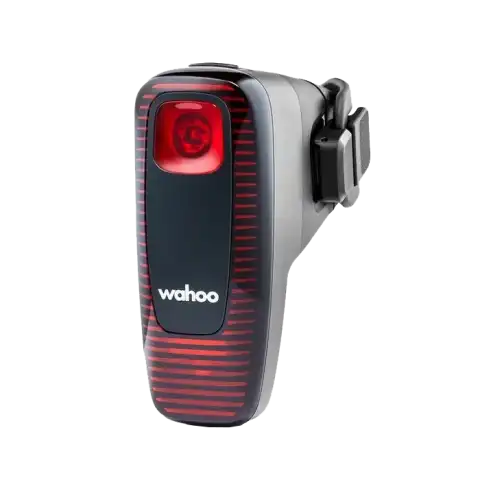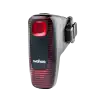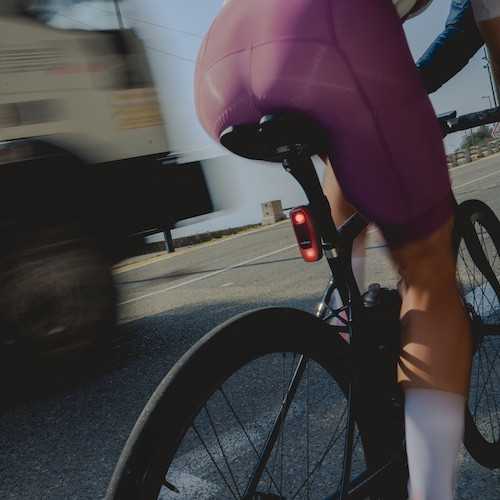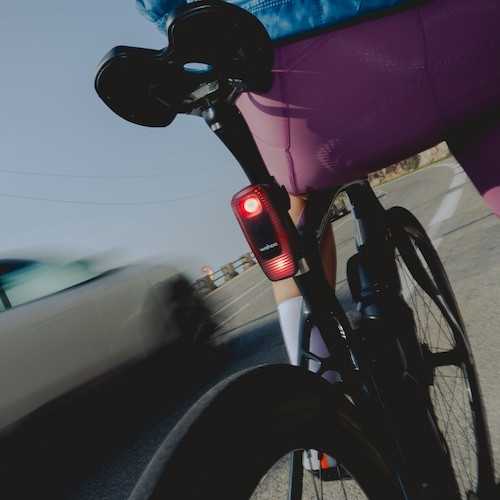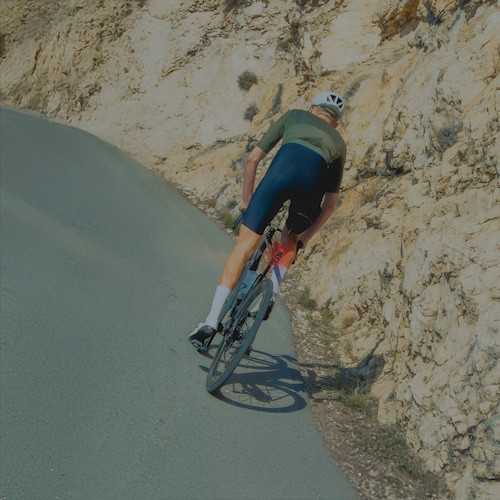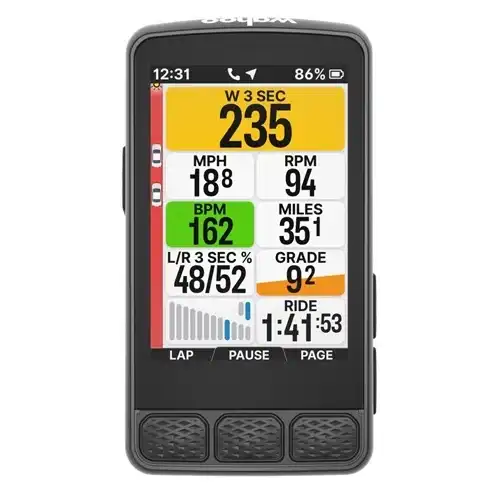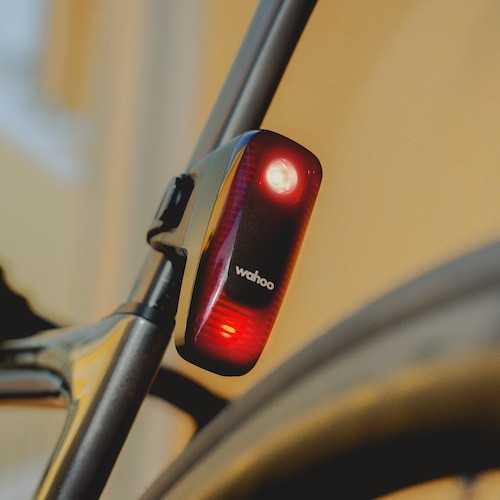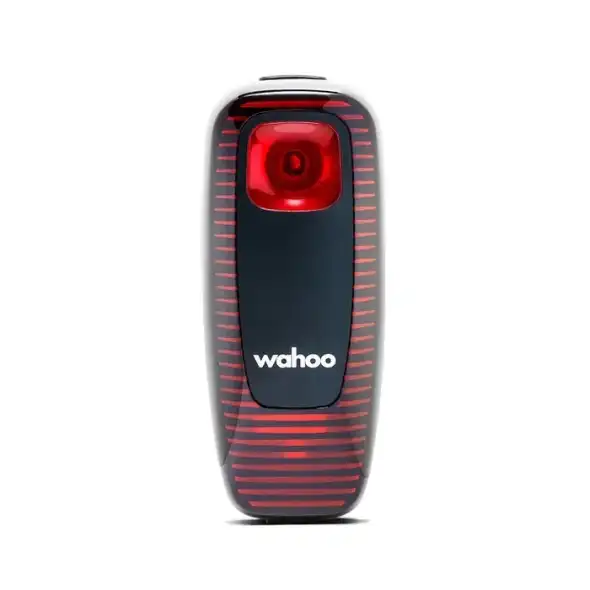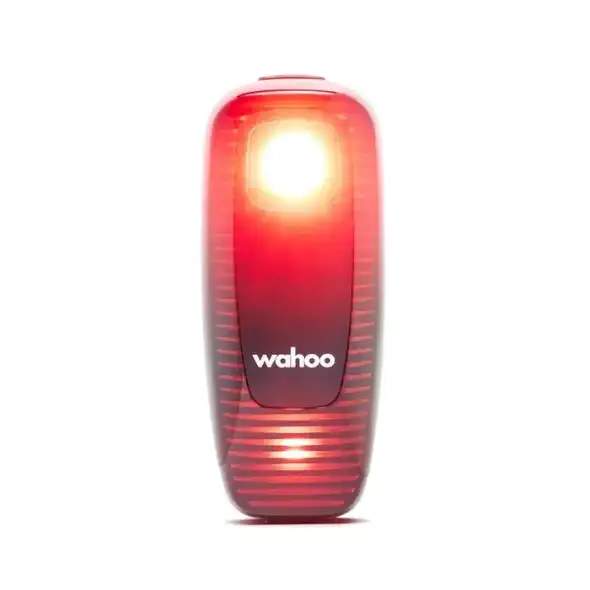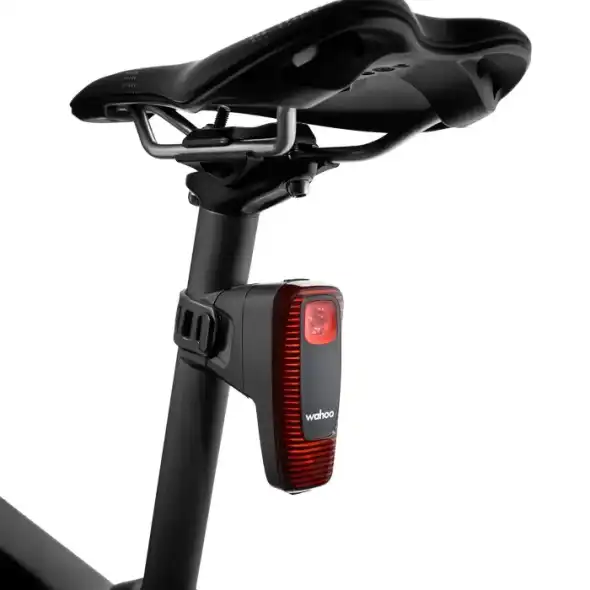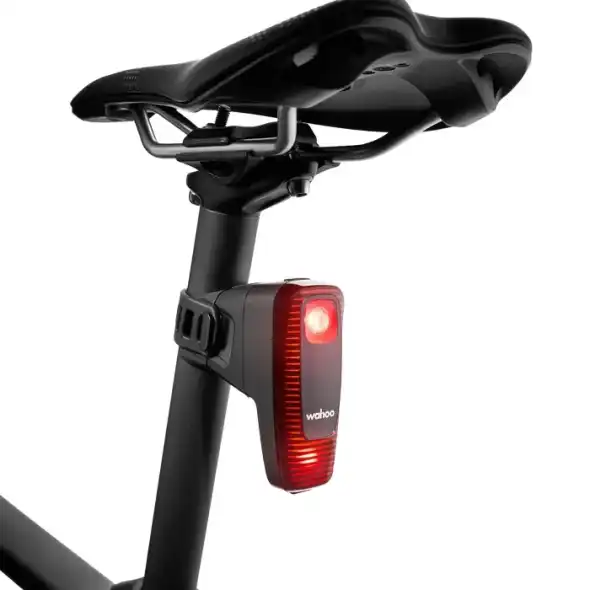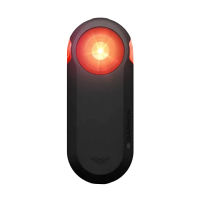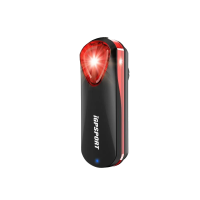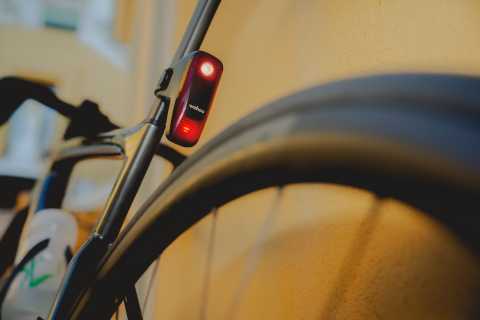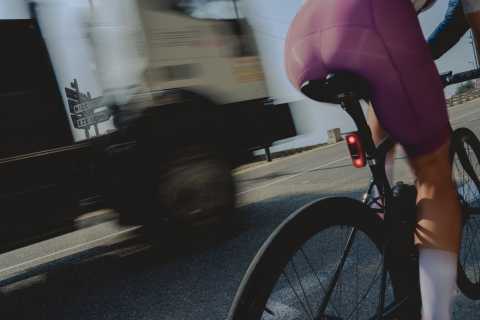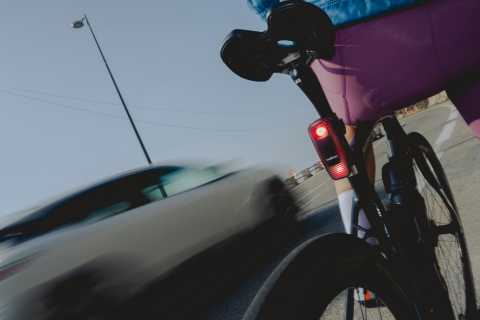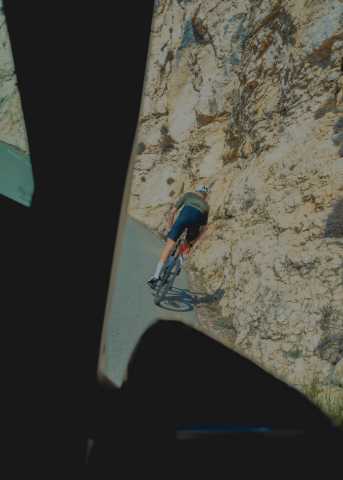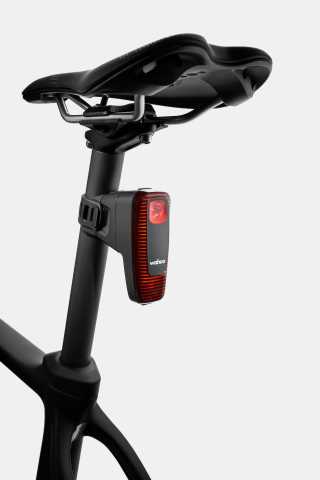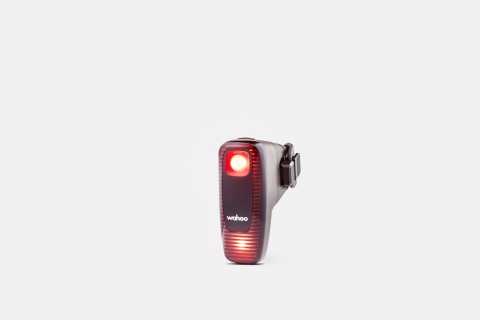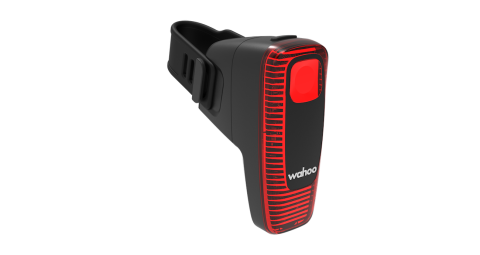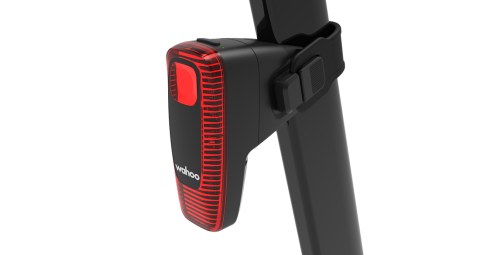MORE IN DETAIL
Of course, I’ve already had the Garmin Varia RTL515 and the Bryton Gardia R300L, and even the iGPSport SR30 made its way onto my bike. It’s important to note: due to its higher price point, the Wahoo immediately landed at the top next to Garmin. Garmin has been the best so far, but since it’s already a 5-year-old design, Wahoo has quickly surpassed it in several areas.
Let’s start with the simplest: Wahoo’s mounting system is first-class, and you don’t need to buy a separate bracket—the mount included in the basic package is perfect. Aerodynamics also play a role here, which is new for rear lights: it doesn’t rub against your thigh, doesn’t shift accidentally, and stays stable.
Three things really convinced me:
The detection angle is 35°, the lowest among all radars, but in real use it’s the most accurate and, in my opinion, currently the most effective (Garmin claims 40°, but Wahoo still feels better). Climbing from Parádsasvár to Mátraháza, not once did it fail to alert me in time. It was always accurate, never gave a slow or unclear warning—and during a 4.5-hour ride, that means something. Going downhill from Mátraháza to Gyöngyös or from Pilisszentlászló to Lepence at high speed, it was also excellent. Only rarely did a car disappear from the screen behind me, and that was due to increased distance, not hairpin turns.
As soon as a vehicle passes you, it instantly indicates that the road is clear. Not 10 meters later—right at the moment you’ve been overtaken.
It also alerts you with sounds. One sound for a single approaching vehicle, another for multiple, yet another for a fast vehicle, and a really loud one for fast and multiple vehicles approaching at once. I encountered many motorbikes during the ride—and they were also detected well. During the 4.5 hours, it twice went into “brutal mode” when it sensed fast-approaching traffic.
In the app, you can set it to function as a brake light—thanks to the two LEDs inside, it can handle this well. For example, you can configure it so that when it detects an approaching vehicle, it flashes brightly regardless of the active mode. Another useful setting: if the battery drops below 50% and there’s no traffic, it won’t flash unnecessarily.
All other functions can be set on the bike computer, regardless of whether you use Wahoo, Bryton, or Garmin:
– steady light, flashing, or “annoying” flashing
– sound alerts on or off
– which side of the screen shows approaching traffic
Its packaging, materials, and mounting system are all above average.
IN SUMMARY
If you want the best-performing radar, Wahoo is a great choice. During a 4.5-hour ride, I never once doubted what was happening behind me. The mount is flawless, USB-C charging is fast, and battery life is nearly double that of other brands. I also like that no separate app is needed—unlike Bryton or Garmin. But it’s worth noting that Wahoo and iGPSPORT can only be used with a bike computer or watch, whereas Garmin and Bryton also work with smartphone apps (provided you can mount your phone on the bike). The brake light is a neat feature, mostly because there are two LEDs in the device, which is excellent. For me, the light is a small piece of art—this is why a simple drawstring carrying pouch would be a nice addition.
Zerge – June 27, 2025
